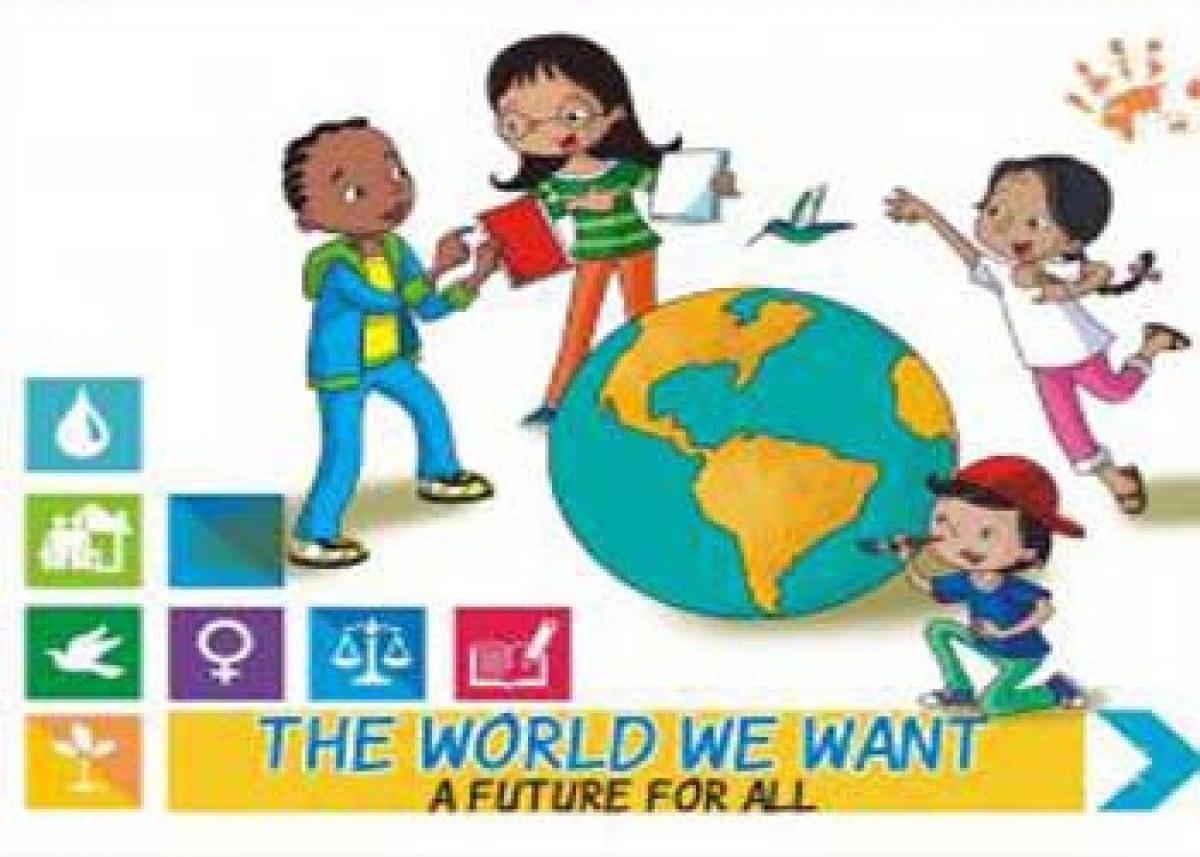Live
- Bad air: 106 shuttle buses, 60 extra Metro trips planned to make Delhiites give up cars
- WHO reports declining monkeypox cases in Congo
- CM Attends Kotideepotsavam on Kartika Purnima
- PKL Season 11: Raiding trio of Devank, Ayan, Sandeep help Patna Pirates rout Bengal Warriorz
- Food waste crisis fuels sustainable practices across APAC food & beverage industry: Report
- AI helps erase racist deed restrictions in California
- ATMIS completes third phase of troops' drawdown in Somalia
- PM Kisan Samman Nidhi scheme bringing smile to Nalanda farmers
- German economy forecast to lag eurozone growth until 2026
- CM Shinde orders stern action against hoarding of onions amid rising prices





.jpg) World leaders are meeting in New York to discuss the Sustainable Development Goals (SDGs), the successor to the Millennium Development Goals. But what are they and why do they matter? A blog by Owen Gaffney, Director of International Media and Strategy at the Stockholm Resilience Centre for www.roadtoparis.info lists out key facts about the SDGs.
World leaders are meeting in New York to discuss the Sustainable Development Goals (SDGs), the successor to the Millennium Development Goals. But what are they and why do they matter? A blog by Owen Gaffney, Director of International Media and Strategy at the Stockholm Resilience Centre for www.roadtoparis.info lists out key facts about the SDGs.



